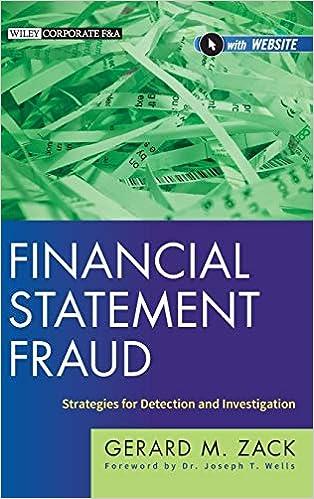Using the estimated sales and production of 100,000 boxes of Chap-Off, the Accounting Department has developed the following manufacturing cost per box: Direct material Direct labor Manufacturing overhead Total cost $3.60 2.00 1.40 $7.00 The costs above relate to making both the lip balm and the tube that contains it. As an alternative to making the tubes for Chop-Off, Silven has approached a supplier to discuss the possibility of buying the tubes. The purchase price of the supplier's empty tubes would be $1.35 per box of 24 tubes. If Silven Industries stops making the tubes and buys them from the outside supplier, its direct labor and variable manufacturing overhead costs per box of Chap-off would be reduced by 10% and its direct materials costs would be reduced by 25% Required: 1. It'Silven buys its tubes from the outside supplier, how much of its own Chap-off manufacturing costs per box will it be able to avoid? (Hint: You need to separate the manufacturing overhead of $1.40 per box that is shown above into its variable and fixed components to derive the correct answer.) 2. What is the financial advantage (disadvantage) per box of Chap-off if Silven buys its tubes from the outside supplier? 3. What is the financial advantage disadvantage) in total (not per box) if Silven buys 100,000 boxes of tubes from the outside supplier? 4. Should Silven Industries make or buy the tubes? 5. What is the maximum price that Silven should be willing to pay the outside supplier for a box of 24 tubes? 6. Instead of sales of 100,000 boxes of tubes, revised estimates show a sales volume of 120,000 boxes of tubes. At this higher sales volume, Silven would need to rent extra equipment at a cost of $40,000 per year to make the additional 20,000 boxes of tubes. Assuming that the outside supplier will not accept an order for less than 120.000 boxes of tubes, what is the financial advantage (disadvantage) in total (not per box) if Silven buys 120,000 boxes of tubes from the outside supplier? Given this new information, should Silven Industries make or buy the tubes? 7. Refer to the data in (6) above. Assume that the outside supplier will accept an order of any size for the tubes at a price of $1.35 per box. How many boxes of tubes should Silven make? How many boxes of tubes should it buy from the outside supplier? Using the estimated sales and production of 100,000 boxes of Chap-Off, the Accounting Department has developed the following manufacturing cost per box: Direct material Direct labor Manufacturing overhead Total cost $3.60 2.00 1.40 $7.00 The costs above relate to making both the lip balm and the tube that contains it. As an alternative to making the tubes for Chop-Off, Silven has approached a supplier to discuss the possibility of buying the tubes. The purchase price of the supplier's empty tubes would be $1.35 per box of 24 tubes. If Silven Industries stops making the tubes and buys them from the outside supplier, its direct labor and variable manufacturing overhead costs per box of Chap-off would be reduced by 10% and its direct materials costs would be reduced by 25% Required: 1. It'Silven buys its tubes from the outside supplier, how much of its own Chap-off manufacturing costs per box will it be able to avoid? (Hint: You need to separate the manufacturing overhead of $1.40 per box that is shown above into its variable and fixed components to derive the correct answer.) 2. What is the financial advantage (disadvantage) per box of Chap-off if Silven buys its tubes from the outside supplier? 3. What is the financial advantage disadvantage) in total (not per box) if Silven buys 100,000 boxes of tubes from the outside supplier? 4. Should Silven Industries make or buy the tubes? 5. What is the maximum price that Silven should be willing to pay the outside supplier for a box of 24 tubes? 6. Instead of sales of 100,000 boxes of tubes, revised estimates show a sales volume of 120,000 boxes of tubes. At this higher sales volume, Silven would need to rent extra equipment at a cost of $40,000 per year to make the additional 20,000 boxes of tubes. Assuming that the outside supplier will not accept an order for less than 120.000 boxes of tubes, what is the financial advantage (disadvantage) in total (not per box) if Silven buys 120,000 boxes of tubes from the outside supplier? Given this new information, should Silven Industries make or buy the tubes? 7. Refer to the data in (6) above. Assume that the outside supplier will accept an order of any size for the tubes at a price of $1.35 per box. How many boxes of tubes should Silven make? How many boxes of tubes should it buy from the outside supplier?







